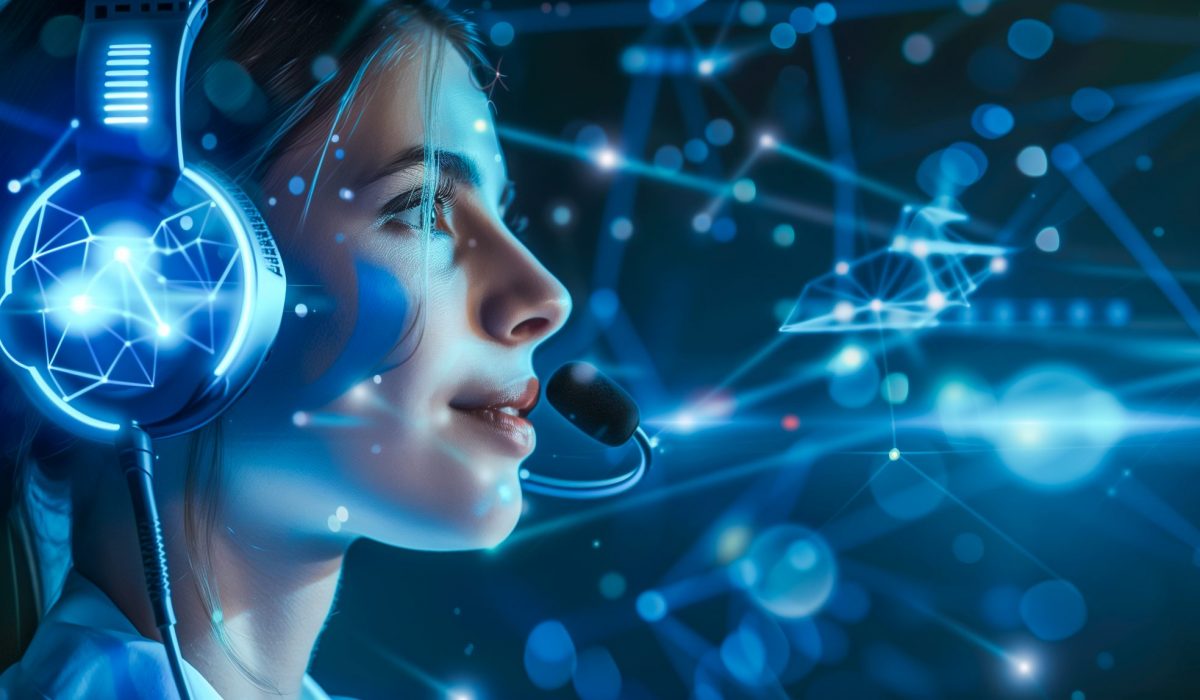Virtual Agents vs Human Agents: Finding the Right Balance in
Contact Centers

The rise of Virtual Agents and AI has sparked an ongoing debate in the Contact Center Software industry: will machines replace humans? While automation is transforming customer service, the reality is more nuanced. Virtual Agents vs Human Agents is not about replacement—it’s about collaboration.
Virtual Agents are designed to complement human agents, allowing both to work smarter, not harder. In this article, we’ll explore their strengths, compare their roles, and explain why the future of Contact Centers depends on finding the right balance.
What Are Virtual Agents in Contact Centers?
Virtual Agents are AI-powered systems that simulate human conversations through voice or text. Unlike basic chatbots, they use Natural Language Processing (NLP) and machine learning to understand intent, provide accurate responses, and escalate when necessary.
Common use cases include:
- Handling FAQs.
- Appointment scheduling or confirmations.
- Order status updates or verification.
- Automated reminders and notifications.
Benefits:
- 24/7 availability with no downtime.
- Scalability to handle thousands of interactions simultaneously.
- Significant cost savings by automating repetitive tasks.
The Role of Human Agents
Despite the rise of automation, Human Agents remain essential. Customers expect empathy, critical thinking, and complex problem-solving that AI cannot replicate.
Human agents excel in:
Understanding emotions and delivering empathy.
Navigating complex or sensitive situations.
Building trust and loyalty through personalized service.
While Virtual Agents deliver speed and efficiency, humans deliver connection and reassurance—qualities that keep customers loyal.
Virtual Agents vs Human Agents — Key Differences and Benefits
Speed and Efficiency
Virtual Agents handle high-volume, repetitive interactions instantly, reducing wait times. Human agents step in for escalations and unique cases, ensuring quality resolutions.
Cost Optimization
By offloading repetitive tasks to Virtual Agents, companies reduce operating costs. Human agents can then dedicate time to high-value interactions such as upselling, retention, or complaint resolution.
Customer Experience (CX)
Virtual Agents provide round-the-clock availability and quick answers, enhancing accessibility. Human agents, on the other hand, ensure emotional intelligence, adaptability, and relationship-building.
Virtual Agents vs Human Agents — Why This Balance Matters
The best results come from hybrid models where Virtual and Human Agents complement each other.
Examples of balance in action:
– A Virtual Agent verifies customer identity → a Human Agent resolves a billing dispute.
– A Virtual Agent confirms delivery → a Human Agent handles a complaint about damaged goods.
– A Virtual Agent manages appointment scheduling → a Human Agent provides consultative advice.
This approach ensures customers experience both efficiency and empathy—the two pillars of modern Customer Experience (CX).
Key Benefits of a Balanced Approach
Higher FCR (First Contact Resolution) and fewer escalations.
Lower AHT (Average Handle Time) through context-rich calls.
Improved CSAT (Customer Satisfaction) and loyalty.
Reduced turnover by freeing agents from repetitive tasks.
According to IBM, companies implementing Virtual Agents effectively see major gains in efficiency. Meanwhile, CMSWire highlights that human-centered AI is the key to CX success—proving that technology performs best when balanced with human expertise.
Conclusion
The debate over Virtual Agents vs Human Agents misses the point: both are essential for modern Contact Centers. Virtual Agents automate repetitive tasks and scale operations, while Human Agents provide empathy, creativity, and trust.
When combined strategically, the result is lower costs, higher KPIs, and stronger customer relationships.
Want to see the balance in action? Book a demo and discover how Nuxiba’s Contact Center Software integrates Virtual and Human Agents to help businesses achieve efficiency and loyalty.
In the end, the smartest Contact Centers are not defined by technology alone but by how seamlessly people and AI work together. The perfect balance between Virtual Agents vs Human Agents isn’t just a goal—it’s the new standard for exceptional customer experience.
Suggested Links
[5 Reasons Why Nuxiba Is the Specialized Software Your Contact Center Needs]
